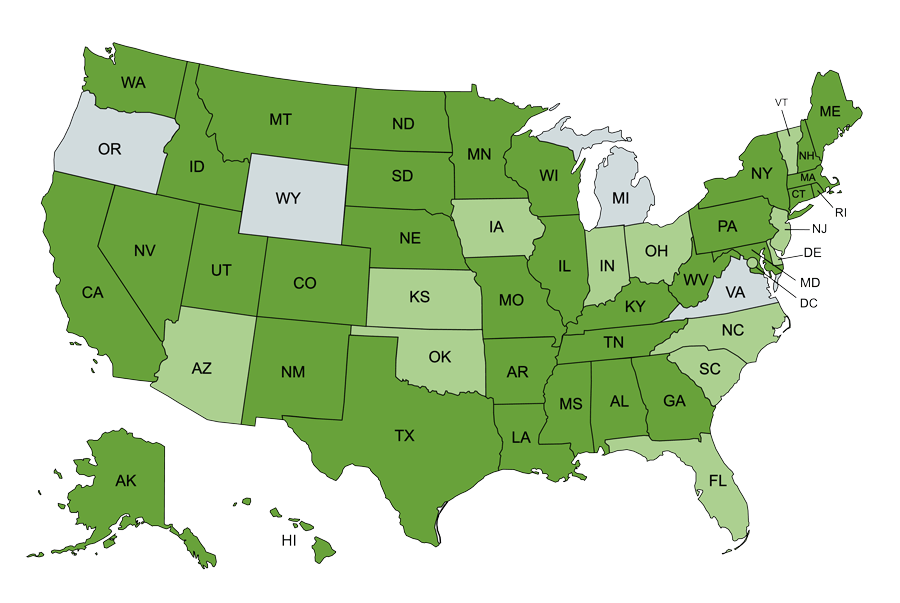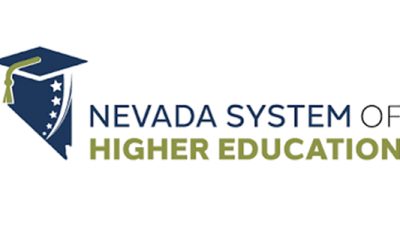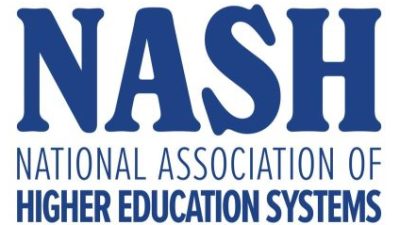
The National Association of Higher Education Systems represents public systems of higher education across the United States.

Together, we are committed to collectively moving the dial on student success.

Increasing Degree Completion
NASH member systems will produce over 1,000,000 degrees and credentials by 2030. This means collectively increasing degree and credential completion by 35% from 2019-20 baseline levels by 2030. Additionally, equity gaps will be reduced by 50% by 2030, resulting in an additional 80,000 degrees and credentials for minoritized students.

Improving Social Mobility
By 2040, NASH member systems will advance 85% of students from families in the bottom 40% of the income distribution to the top 60% of the income distribution, and 65% of students in the bottom 40% to the top 40%. To meaure progress, by 2030, the median income of students in the bottom tertile 8 years after enrollment will exceed the national median.

Reducing Student Debt
By 2030 NASH member systems will decrease the median debt borrowed by Pell students by 25% from 2020-21 baseline levels. In addition, the equity gap in three-year repayment rates between Pell recipients and non-Pell recipients will be reduced by 50% from 2019-20 baseline levels (19 points). This would result in an estimated $7 billion reduction in borrowing by low-income students by 2030.
Latest News
Get Updates
This isn’t just an idea, it’s a national movement. Stay informed about the latest news and opportunities to get involved.







